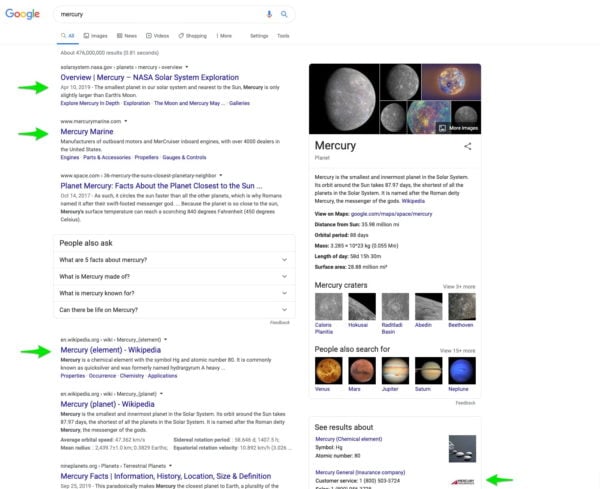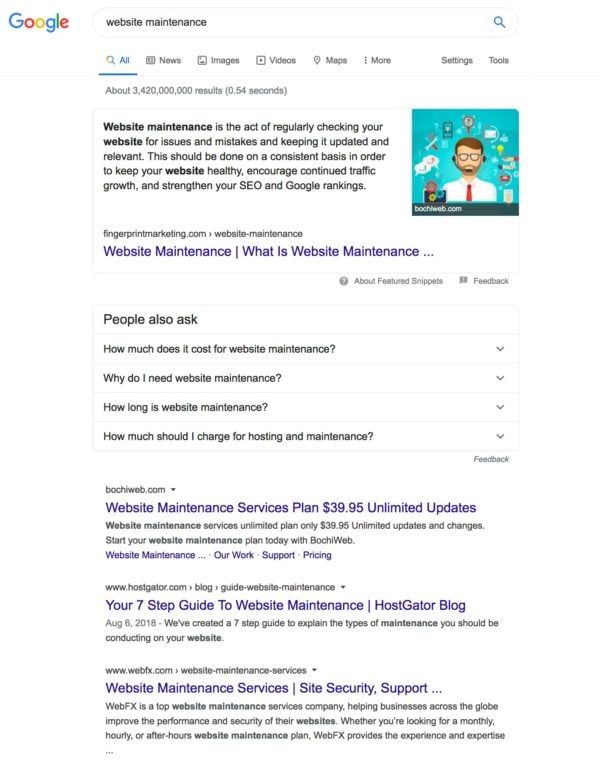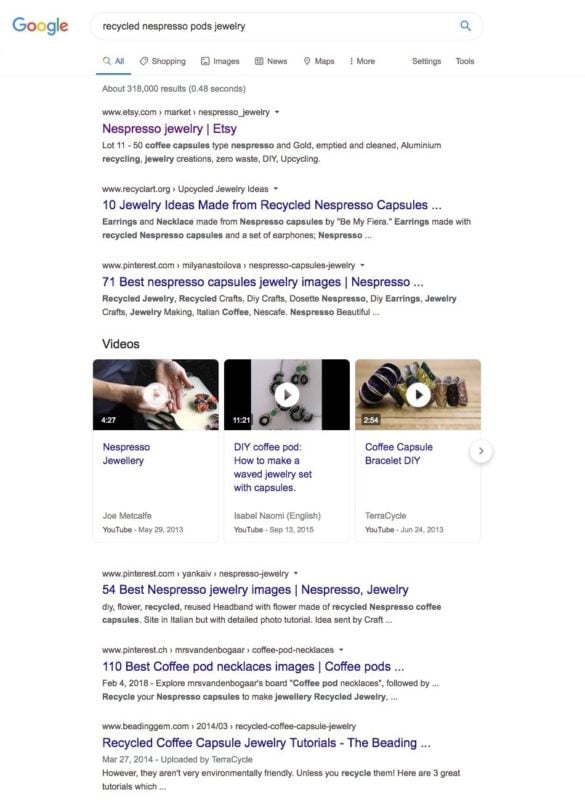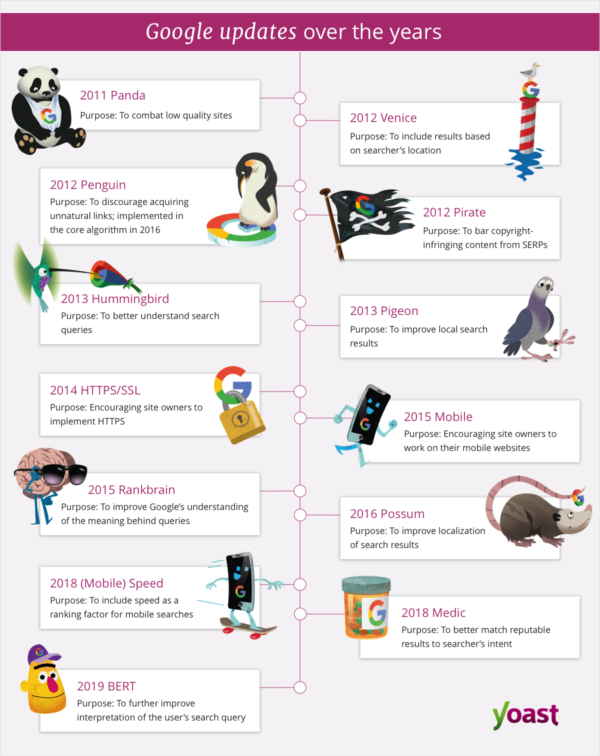Everything is happening online, now that the situation with COVID-19 has everyone staying at home as much as possible. You’re not going to events, you’re not sitting down with customers. So, your online presence is more important than ever. Your website is your business card. And you want it to be found! But many people were probably not prepared for a situation like this and for their site to suddenly become this important. So, what can you do to quickly improve your website? In this blog post, I’ll share some tips on what you can do to improve your site ASAP.
1. Improve your site’s structure
A relatively quick way to boost your site is by working on your internal linking structure. If you make sure your most important pages get relevant internal links, they have a much better chance of ranking in the search engines. That’s because a good internal linking structure helps Google understand your site and figure out which pages are most prominent.
The best way to do this depends on the kind of site you have. As an online shop, you probably want to boost your category pages, but as a restaurant, you may want your brand new ‘delivery’ page ranked ASAP. Check out our ultimate guide to site structure for some tips that fit your site best.
In any case, you can use the Yoast SEO text link counter to check how many internal links a post or page already has to it. That’ll quickly give you an idea of which posts need a more prominent place in your site structure. Need more help? Yoast SEO Premium includes an internal linking tool that gives you linking suggestions for posts or pages to link to. It’ll help you improve your site structure and save a lot of valuable time!
2. Work on your most important pages
Quality content remains crucial for every website. So, think about how you can improve your important existing pages. Perhaps you didn’t have the time yet to give them the attention they deserve. If you can, invest time and effort to demonstrate your expertise on those important pages; that means research into your topic, your audience and what they’re looking for.
A quicker way to improve your (most important) pages is to look through your post overview and work on the content that has an orange or red bullet for either the SEO score or readability score. Getting that green bullet will give you the edge, as it means your content is well-optimized and readable for a wide audience. Take a look at how to use the Yoast SEO content analysis tool, or more specifically, how to use the readability analysis.
Another tip: Don’t forget to keep the information on your informational pages and contact pages accurate and up to date, so your visitors have the latest details. In times like these, communication is important, so people know where they stand!
3. Upgrade your site speed
Site speed plays an important part in SEO, so if you want to boost your site that’s definitely an aspect to focus on. There are several things you can do to improve your site’s speed relatively easily. Firstly, you could install a caching plugin. A caching plugin keeps static parts of your site saved on your server and serves users these lighter HTML pages instead of processing the relatively resource-intensive WordPress PHP scripts. There are both free and paid caching plugins available and they can significantly speed up your site, check out our post on improving site speed for more information.
If you don’t feel comfortable making changes like that right now: optimizing your images is also a quick win when it comes to speed. Odds are you’ve uploaded big, high definition images here and there on your site. These take a long time to load, while most of the time, a lower resolution image will do just fine. Time to resize your images! You can do that using an image optimization tool, such as jpeg.io.
Read more: Image SEO: Optimizing images for search engines »
4. Add some structured data!
Structured data makes it easier for search engines to understand your website. What’s more, certain types of structured data can get you a featured snippet in the search results, and that’s a great way to stand out!
If you use Yoast SEO (version 11.0 or higher), relevant structured data is already added for your site. But, there’s more you can do! For instance, use Yoast’s FAQ blocks to answer questions that might come up for your users. As mentioned before, clear communication is more important than ever. Also, Yoast’s HowTo blocks come in handy to easily explain to people at home the steps of how to do something. Whether you explain how to bake a nice loaf of bread, make a craft project for your children’s schoolwork or how to stay fit during quarantine with bodyweight workouts: don’t forget to use Yoast’s HowTo blocks for a shot at a featured snippet!
If you’ve had to reschedule events and are comfortable adding structured data yourself, you could also add schema for rescheduled events.
Bonus tip: Focus on social media
While not strictly SEO, in these times, it’s a good idea to pay extra attention to social media. Many people are using it (again) to stay connected and find the latest information. So, make sure you’re active on your social media profiles to stay in contact with people. Keep them informed about your activities, about how you can help, or about how people can help you. I’m seeing a lot of creativity on social media, such as online dance classes, or a ‘sew-along’ through video calls. Whatever your niche might be, there are many ways to stay in touch and connect with your audience in a positive way, so give that some thought!
Keep reading: Social media strategy: Where to begin? »
Do what you can to quickly improve your website
There we have it, four ways to quickly improve your website, for both content-related and technical aspects. These are uncertain times; it may be hard for you to do all the things mentioned above, and that’s OK. But hopefully, these tips will help you boost your online presence and get your business through the situation. If you’re eager to learn more about SEO, have a look at our All-around SEO training, which is currently available for free, to help you improve your site even further!
The post 4 tips to quickly improve your website in the current situation appeared first on Yoast.



